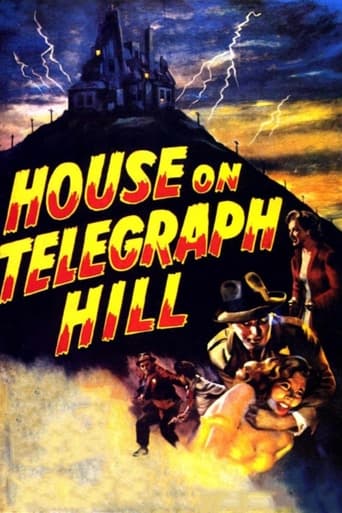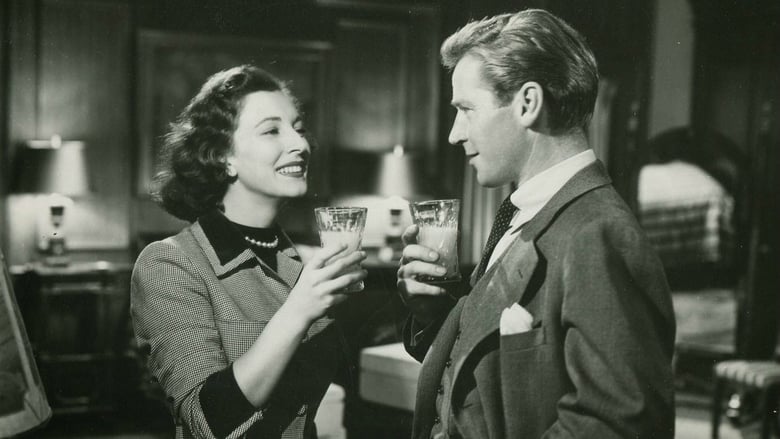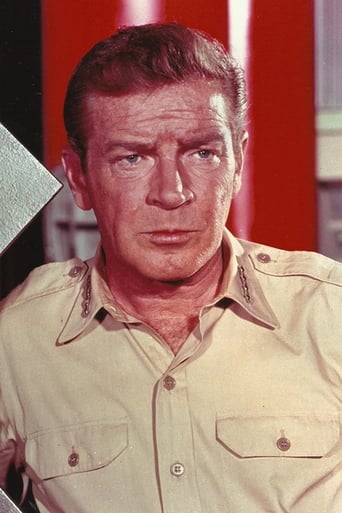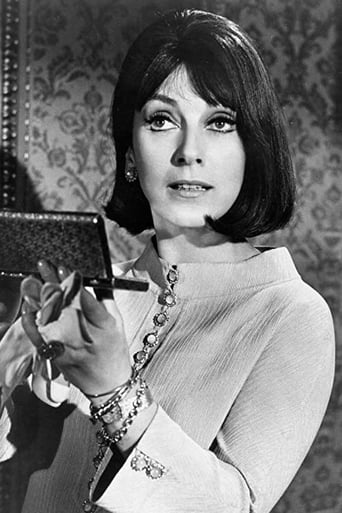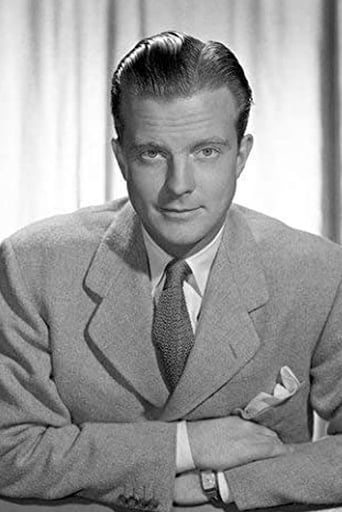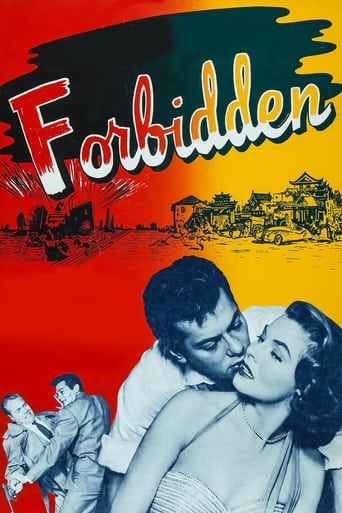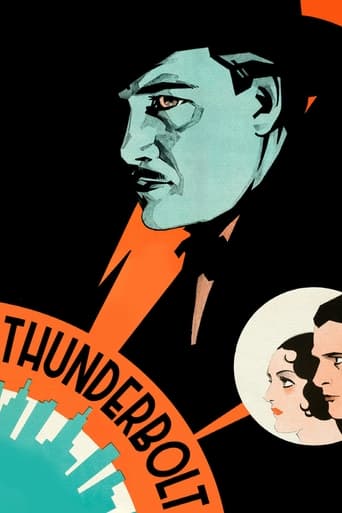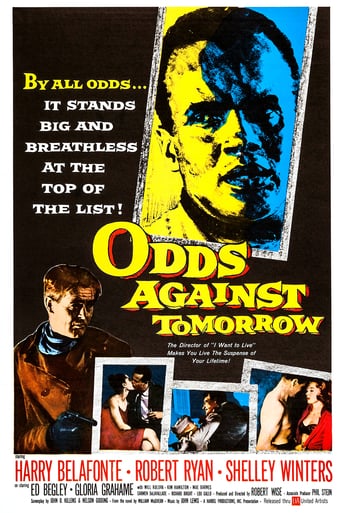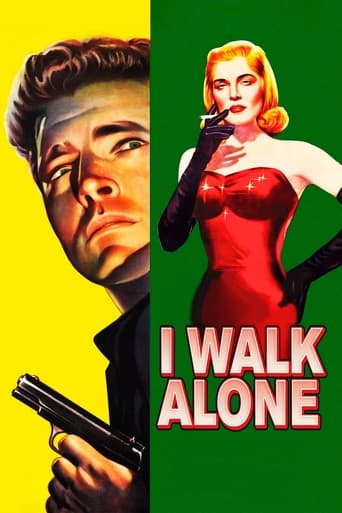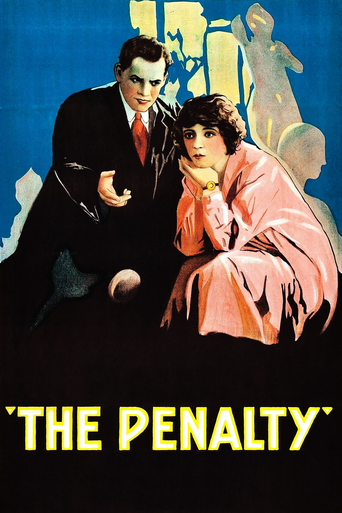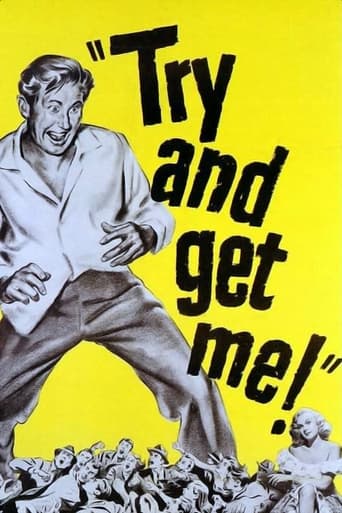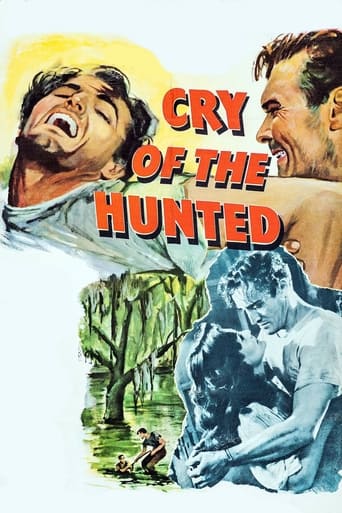The House on Telegraph Hill (1951)
Concentration camp survivor Victoria Kowelska finds herself involved in mystery, greed, and murder when she assumes the identity of a dead friend in order to gain passage to America.
Watch Trailer
Cast


Similar titles
Reviews
When a Polish war refugee (Valentina Cortesa) takes on a false identity to get out of a displaced person's camp after World War II ends, she gets a cushy life, but that life may be in jeopardy! You see, that new life involves the estate of a wealthy San Francisco matron, now deceased, and when Cortesa marries the guardian of her late friend's young son, she piles on the intrigue as she begins to suspect that he (Richard Basehart) and their housekeeper (Fay Baker) are trying to kill her.The house on Telegraph Hill is a spooky old San Francisco mansion that looks as if it survived the 1906 earthquake that devastated the rest of the city, but has begun to die a slow death. Cortesa may be guilty of identity theft, but her crime is minor compared to what she finds herself up against. William Lundigan plays the estate lawyer enamored of the seemingly hard as nails Cortesa, who is a nice choice being relatively unknown to American film audiences when this was made. Shots of the streets of San Francisco (especially in a scene where Cortesa's car breaks fail her) are exciting. Baker, as a more glamorous Mrs. Danvers type character, is appropriately unemotional. Basehart is both charming and non-committal, so the attitude of "Are they or aren't they?" prevails throughout.There are, of course, similarities to "Rebecca", "Gaslight" and 1950's "No Man of Her Own", but this one successfully stands up on its own.
The House on Telegraph Hill is directed by Robert Wise and adapted for the screen by Elick Moll & Frank Partos from the novel The Frightened Child written by Dana Lyon. It stars Richard Baseheart, Valentina Cortese, William Lundigan & Fay Baker. Filmed on location primarily in the Telegraph Hill area of San Francisco, the film features photography by Lucien Ballard and a musical score directed by Alfred Newman.Victoria Kowelska (Cortese) survives Belsen, but with her family killed by the Nazis she is all alone in the world with no identity. With her Belsen friend Karin Dernakova (Natasha Lytess) not surviving till liberation, Victoria decides to take on Karin's identity to get to America. Under the guise of being Karin, Victoria winds up in San Francisco, living in a prime mansion, married to Dernakova trustee Alan Spender (Baseheart), mother to young Chris (Gordon Gebert) and heiress to the family fortune. But the House on Telegraph Hill is home to many secrets and unanswered questions: Can Alan be trusted? Why is Margaret (Baker) the housekeeper cold towards her? What really brought about the death of the recently deceased aunt? And can she even trust her only real friend, Major Marc Bennett (Lundigan)?Director Robert Wise was one of the most versatile men to have ever worked in cinema . He pretty much covered all genres in his long and distinguished career, here for The House on Telegraph Hill, he blends Gothic melodrama with film noir leanings. Nominated for an Academy Award for Best Art Direction (Wheeler, DeCuir, Little & Fox), the film is certainly a lavish enough production, and for sure the story is well elaborated, but the picture as a whole is not all that it can be. For although it's rich with an eerie ambiance that's occasionally punctured by the promise of some sinister intervention, it never delivers on its promises. The suggestions and heightened tensions grab the attention, but the screenplay doesn't allow the woman in danger scenario room to grow. None of which is helped by the fact that the film opens with Victoria narrating her flashback in past-tense voice over! It's hardly a smart move by the makers that, is it? Perhaps it's wrong to judge it as being part of the group that contains, Rebecca (1940), Suspicion (1941), Gaslight (1940/1944) and The Spiral Staircase (1946)? But fact remains it's a long way from being half as good as any of those films.However, there is still enough in Wise's film to keep it above average and make it a safe recommendation to fans of the "woman-in-mansion-in-peril" sub-genre. The story is well played by the principal actors. Baseheart has to play his cards close to his chest in the tricky role that requires him to keep us guessing as to if he is good or bad. That he offers no clues is testament to the good performance Baseheart gives. Italian actress Cortese binds the film together with a layered performance that contains excellent visual acting, where nervous smiles and saddened eyes tell of guilt and longing that the screenplay has sadly not let the character expand upon. Baker is a touch underwritten, but does a neat line in icy cold veneer, while Lundigan offers up a nice counterpoint as the other man in Victoria's life. Having Lucien Ballard on cinematography is a good move. Be it capturing the expansive colour vistas for Budd Boetticher & Sam Peckinpah in Westerns, or shooting in atmospherically stark black & white for the likes of John Brahm & Jacques Tourneur, Ballard showed himself to be a master photographer. Here in the brooding Dernakova mansion he deals in shadows and low lights to great tonal effect. Alfred Newman's (a record 9 time Academy Award winner) score, aided by Sol Kaplan, is very dramatic and flows freely around the house and is at one with Victoria's various emotional states.The House on Telegraph Hill contains menacing undertones that are boosted by camera, music and acting. If only the writing was in tune with those things then we would be talking about a classic of its type. 6.5/10
During the Second World War, Victoria Kowelska, the widow of a Polish officer killed during the fighting, is arrested by the Nazis and sent to Belsen. While in the concentration camp she befriends Karin Dernakova, a fellow Pole who has family in America. Karin dies shortly before liberation and Victoria, who has Karin's papers, decides to assume her identity. As "Karin" she makes her way to the Telegraph Hill area of San Francisco where she meets Karin's young son Christopher who accepts her as his mother. She meets Karin's only other surviving American relation, her cousin Alan Spender, who starts paying court to her, and the two are eventually married."The House on Telegraph Hill" is sometimes described as a film noir, but like another reviewer I feel that it does not quite fit that description as it lacks a number of common noir characteristics such as chiaroscuro photography, a complex plot and an atmosphere of moral ambiguity. It is rather a suspense thriller in the style of Alfred Hitchcock with close thematic similarities to a number of his films, especially "Rebecca", "Suspicion" and "Notorious". Each of those films has as its main character a woman who has reason to suspect her husband of murder or attempted murder; here Victoria comes to believe (with good reason) that Alan is trying to kill both her and Christopher. In the final scenes a glass of orange juice takes on the sinister significance that the glass of milk had in "Suspicion".As in "Rebecca" and "Notorious" the action is set in a sumptuously decorated Victorian Gothic mansion. Following the revival of appreciation of Victorian architecture which took place in the late twentieth century this style of decoration seems a welcoming one, speaking to us of luxury and good taste. In the forties and fifties, however, however, things were different. The architectural styles then in vogue were the clean lines of Art Deco and the deliberate plainness of the International Modern Movement; with a few exceptions, such as John Betjeman, Victorian architecture had few friends. The decor of houses like these, therefore, reminiscent of a museum or a church, would have seemed to contemporary audiences fussy, outdated and airless, even sinister. (Max Ophuls also uses a Victorian Gothic atmosphere to similar effect in "Caught"). Another link with "Rebecca" is the character of the governess Margaret, clearly based upon Mrs. Danvers in that film.After "Bullitt" and the "Dirty Harry" films it became common for films set in San Francisco to feature car chase scenes, something to which the city's hilly terrain was well suited. "The House on Telegraph Hill" contains an early example of this phenomenon- although the scene in question is not exactly a chase. Victoria's brakes fail as she is driving downhill- they have, of course, been deliberately tampered with- and she has to fight to stay in control of the car. (Incidentally, I wonder if any real-life murderers to have ever adopted this method, so beloved of cinema villains, of killing their victims).I would not rank this film as highly as the three Hitchcock films mentioned above, although it has some good points; Valentina Cortese, for example, makes a sympathetic heroine as a woman desperately trying to find happiness after suffering much. Richard Basehart, however, is not a particularly memorable villain. (He and Cortese were to marry after meeting during the filming of this movie).Apart from the car scene mentioned in the previous paragraph, there are no directorial set-pieces worthy of the Master, and it lacks the sense of tension found in all his best films. (Unlike Hitchcock, the director Robert Wise was not a specialist in thrillers, but worked in a variety of different genres; his best-known films today are probably the musicals "West Side Story" and "The Sound of Music"). The device of having Victoria assume another woman's identity does not really come off; little in the rest of the film hangs on the fact that she is an impostor, and the plot would not have been significantly different if the real Karin Dernakova had returned to San Francisco after surviving her ordeal in Belsen. The final death scene is too drawn-out and lengthy to be effective. The film may have been intended as homage to Hitchcock, but I can think of several other films from the fifties and sixties ("Niagara", "The Prize", "Charade") which imitated the Master's style more effectively. 6/10 Some goofs. Belsen was liberated by British troops, not American ones as shown here. The normal Polish spelling of the heroine's name would be "Wiktoria", not "Victoria".
A concentration camp survivor assumes the identity of a wealthy woman who dies on her way to America. It doesn't get off to a great start, but gets better as it goes along. The San Francisco locations are gritty. Wise creates a terrific atmosphere and ratchets up the suspense to Hitchcockian levels. There's even a scene involving a glass of juice that is reminiscent of the glass of milk in "Suspicion," and the maid played by Baker is like Judith Anderson in "Rebecca." There are good performances from Cortese as the woman who comes to regret her get rich quick scheme and Basehart as her sinister husband; the two actors married during the filming.

